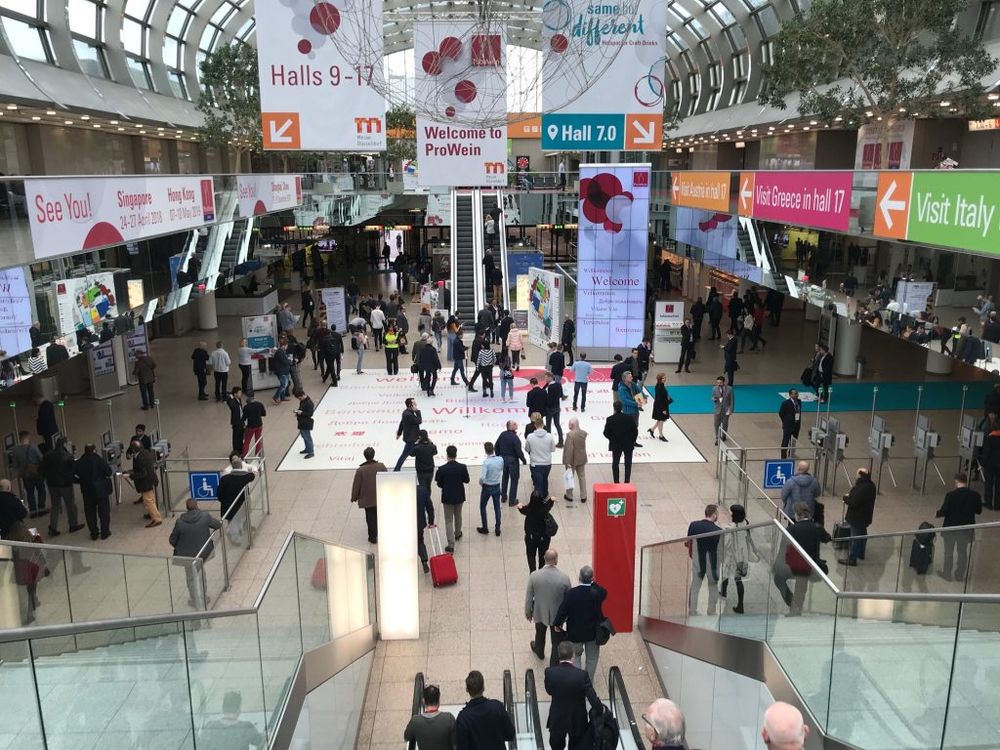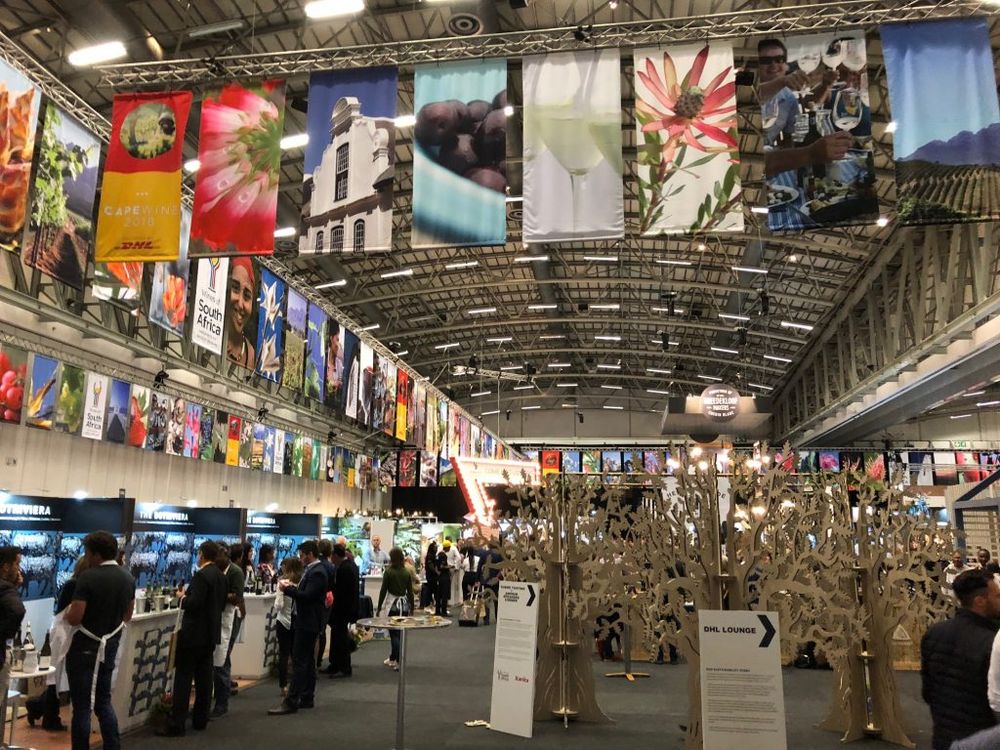If you are not watching the Chinese wine market closely then you need to be. For quickly, and not so quietly, China is taking over the world of wine and what it chooses to import is dictating buying and trading terms for how the rest of the international market operates.
“China is soaking up wine like blotting paper,” is how James Reid, general manager for bulk sourcing at Accolade Wines, describes the dynamics that are behind so many of the major wine buying decisions taking place all over the world.
Dynamics that the Chinese market has turned on its head in recent years as its demand for imported wine has sent ripples, if not small waves, down the rest of the global wine supply chain. It is now on course to be the second most valuable wine market in the world, behind the US, within three years – with a 8.7% global share of imported wine – worth $22.9 billion, up 39% between 2017 and 2021. Overtaking the UK in the process as our sales are predicted to grow to $18.7 bn, up from $17.3 in 2017, according to Vinexpo/IWSR figures.
Before China became such an influential force on the international wine scene there was a clear, concise rule of order that stretched from North to South America to Australia, taking in South Africa and Europe along the way. Northern hemisphere buyers, that account for so much of the global market, could effectively take their pick from which of the many major wine producing countries they chose to source their wines from.

International buyers attending major wine events such as ProWein in the future will find what they can buy will be dictated more and more about what China is buying and dictating to the market.
Those decisions would ultimately impact the price of grapes in whatever country was, or not, flavour of the month as buyers called the shots and producers and growers largely had to do as they were told.
In the main, the sourcing world acted like one giant skeleton, all interconnected, with one arm affecting another leg, and so on. Buyers and producers the world over could plot and see the changes taking place, whose prices were going up or down and they could plan accordingly.
Different rule book
Then came China and a very different rule book was introduced. Chinese buyers don’t behave in the same way. They have very different trading conditions to deal with back home and consumers that are still working out if they like wine at all.
The Chinese market does not follow the rules that the rest of the world adheres to. If it wants to buy grapes and fulfil an order, then operators are quite happy paying over the odds to do so.
Which might be good news for the growers and producers involved, but it throws the rest of the global supply chain off course. The well connected skeleton suddenly becomes double jointed and bogged down with arthritis.
Just look at what has happened in South Africa this year. With drought causing such a small and varied harvest across the country there was a lot less wine to sell on the bulk market. But rather than allow the usual market conditions to dictate matters, many Chinese buyers stepped in early, paying above average prices to secure grapes and supply back in January. So whilst the rest of the world’s buyers were waiting, as usual, to see how the land lied when they came buying in March and April they found some growers had already sold out.

This September’s Cape Wine in Cape Town was heavily influenced by what Chinese buyers had been willing to pay for grapes at the beginning of the year before many international buyers had made their moves.
The dynamics had changed. China had its wine, some growers had their 2018 bills sorted, but there was also a lot of unhappy South African suppliers, producers and international buyers further down the chain.
Free trade influence
Then there is the issue of free trade. As so much of the competitive western world, led by Trump America’s increasingly anti-globalisation stance and the UK’s fixation with Brexit, seems set on putting in place more trading restrictions, China is looking to do the reverse. At least for some – wine producing – countries that, in turn, are also sending electric shocks through the global wine skeleton.
Let’s take Chile and Australia. Two key parts of that skeleton. Both now have virtually zero tariffs to export wine to China and have filled their proverbial boots as a result. But they are not making any more wine to keep up with demand from the rest of the world, producers are simply concentrating more of their efforts and investment in building what effectively is an endless market in China.
They feel like wine’s chosen ones. Picked out of the world wine’s supply for preferential treatment and they are milking it for all its worth. China’s tactical free trade stance is having a similar impact, but on a much smaller scale, on countries such as Georgia that no longer has to rely on Russia for its wine. China has opened its doors instead. Which has no doubt ruffled a few feathers in Moscow.
Changing the debate

Australian producers now have China very much in their sights such is the demand for their wines thanks to free import tariffs – which, in turn, is having a knock-on effect to how they see the rest of the world
But when China comes calling it’s hard, if not impossible to say no. Particularly as it then gives those respective countries the confidence to hold their prices, safe in the knowledge that China can afford to buy, even if some of their long standing partners can’t.
The Australian wine industry is very much a case in point. Talk to anyone at Wine Australia and the message is all about pushing and promoting its premium, diverse and alternative wines. Which from a brand building point of view is very much the way to go.
Some of Australia’s most dynamic, independent and maverick producers are doing exactly that right now with a series of tastings across Europe this month demonstrating there is a very different Australia to the mass produced supermarket brands that most wine consumers associate it with.
Yet, the reality remains the vast majority of Australia’s wine production is still dominated by the major bulk and branded operators with vast swathes of its vineyards dedicated to producing mass volume, not alternative, wine.
Wind back 10 years and the Australian sector was bogged down in debate about what message it should be presenting. Regionality or brands was the big dividing point with Wine Australia caught up in the middle as its biggest investors, the major producers, wanted more bang for their buck from what it was doing.
Now that debate has mostly subsided. Not that it is still not as relevant as it was 10 years ago, it’s just those major producers have got bigger fish to fry in trying to make a name for themselves in Asia and China rather than split hairs and cry over spilt beer, ahem wine, at home.
Not that everyone sees the world through Chinese rose tinted glasses. There are also (brave) producers and brands that, publicly at least, say they do what they can to not work in China. Not because they have anything against the country, it’s just they can’t control where it is being sold, for how much and by whom. Never mind the risk of fraud that is still appears to be rife.
Others have dismissed the rise in imported Chinese wine as a “red herring”, and spelt out the dangers of turning their backs on trusted partners in other parts of the world, to chase the cash and the opportunity in China where loyalty, and longevity have yet to be proven. Chile and Australia might be riding the Chinese wave for now, but how long for and will those lucrative contracts turn to dust as soon as China’s own domestic supply reaches the critical mass it needs to replace them?
But whichever side of the fence you look at China, one things for sure. It’s changed the way we all work and operate in the world of wine.
- This is an adapted article that first appeared on VINEX.market, the trading exchange and insight platform for bulk and now bottled wine.
































